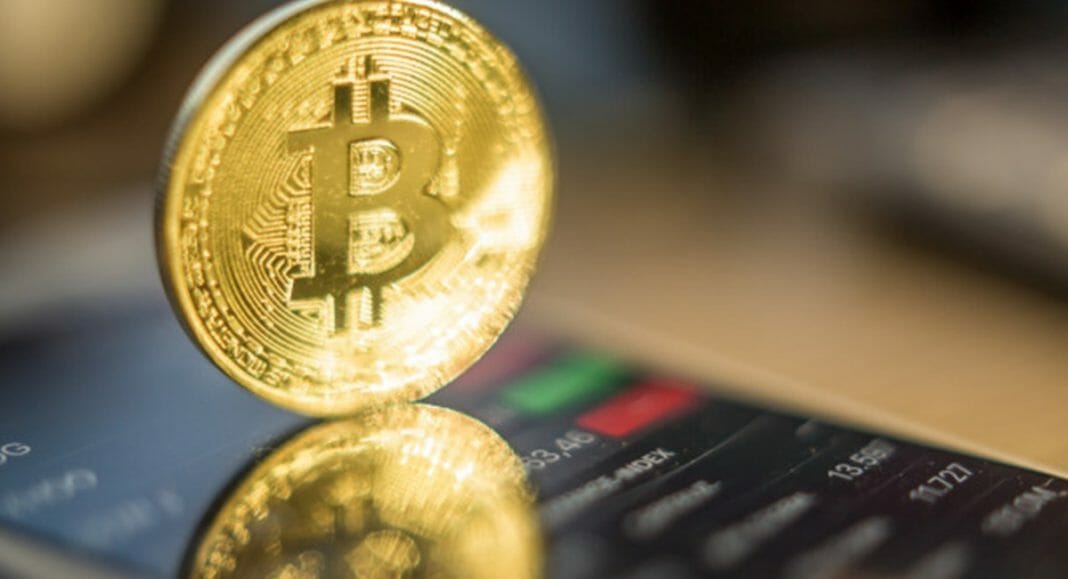There are discussions on both bearish and bullish scenarios for Bitcoin as the halving approaches. The main cryptocurrency traders give their opinion on what might happen.
The price of Bitcoin (BTC) rose from USD 7,700 to USD 9,500 in just 48 hours from April 29th and April 30th, increasing by more than 22%. The market has cooled since then, with the main cryptocurrency falling below USD 9,000.
According to data on spot market transactions, futures volume, and institutional demand, among other key data, the rise from USD 3,000 to USD 8,000 was purely organic. Actual demand from retail investors, and possibly from whales, is what boosted it, as well as the upcoming Bitcoin halving.
It is unclear whether the rapid rise from USD 8,000 to USD 9,500 was organic or caused by fake futures market orders. According to Skew, futures volume increased greatly when Bitcoin went from USD 8,000 to USD 9,500, while it remained relatively low throughout April.
The halving of Bitcoin rewards will occur in a few days and will have a significant impact on the Bitcoin mining industry. It will immediately reduce the amount of Bitcoin that producers can mine per block, lowering the rate of new Bitcoin introduced into the market. The halving mechanism complements Bitcoin’s trend as it approaches its fixed supply of 21 million.
Bullish Scenario for Bitcoin
Bitcoin’s bullish scenario in the short and medium term is quite simple, as Thies explained. Technical indicators such as the moving average of convergence/divergence (MACD) for short periods ‒ even weekly ‒ signal the start of a new bullish movement.
Bitcoin’s relative strength index (RSI) is in the range from 80% to 90%. A reading of over 75% suggests high overbought conditions for an asset. However, the RSI can remain oversold for a long time during proper recovery. In other words, if Bitcoin can avoid a significant drop to the USD 4,000-5,000 range, it will very probably continue its uptrend.
More traders lean towards a bearish scenario for Bitcoin
Following Bitcoin’s rejection at USD 9,500 and its re-entry into the USD 8,000 region, more traders consider that Bitcoin could see a local ceiling rather than a bullish continuation above USD 10,000. Crypto trader Michael van de Poppe said that it is unlikely to see USD 4,000 and USD 5,000 again, but a healthy return to the USD 6,000 zone is reasonable.
Another trader, known as Big Chonis Trading, noted that Bitcoin’s strong boom since late April led to the formation of a “TD9” on Bitcoin’s daily chart. TD9 is a sell signal in the TD Sequential system that is triggered when an asset sees an overextended rally and must be corrected.
Zoran Kole, a cryptocurrency technical analyst, stated that the range from USD 7,700 to USD 8,000 is the next rational area of support for Bitcoin. He noted that to USD 9,500, bears suffered from excessive bullish movement, and bulls were euphoric, increasing the probability of it being a ceiling.
Negative short-term projections for Bitcoin are in line with the bearish scenario that Thies described, saying that a drop below USD 7,000 would increase the probability that the downtrend would resume.
By Alexander Salazar











